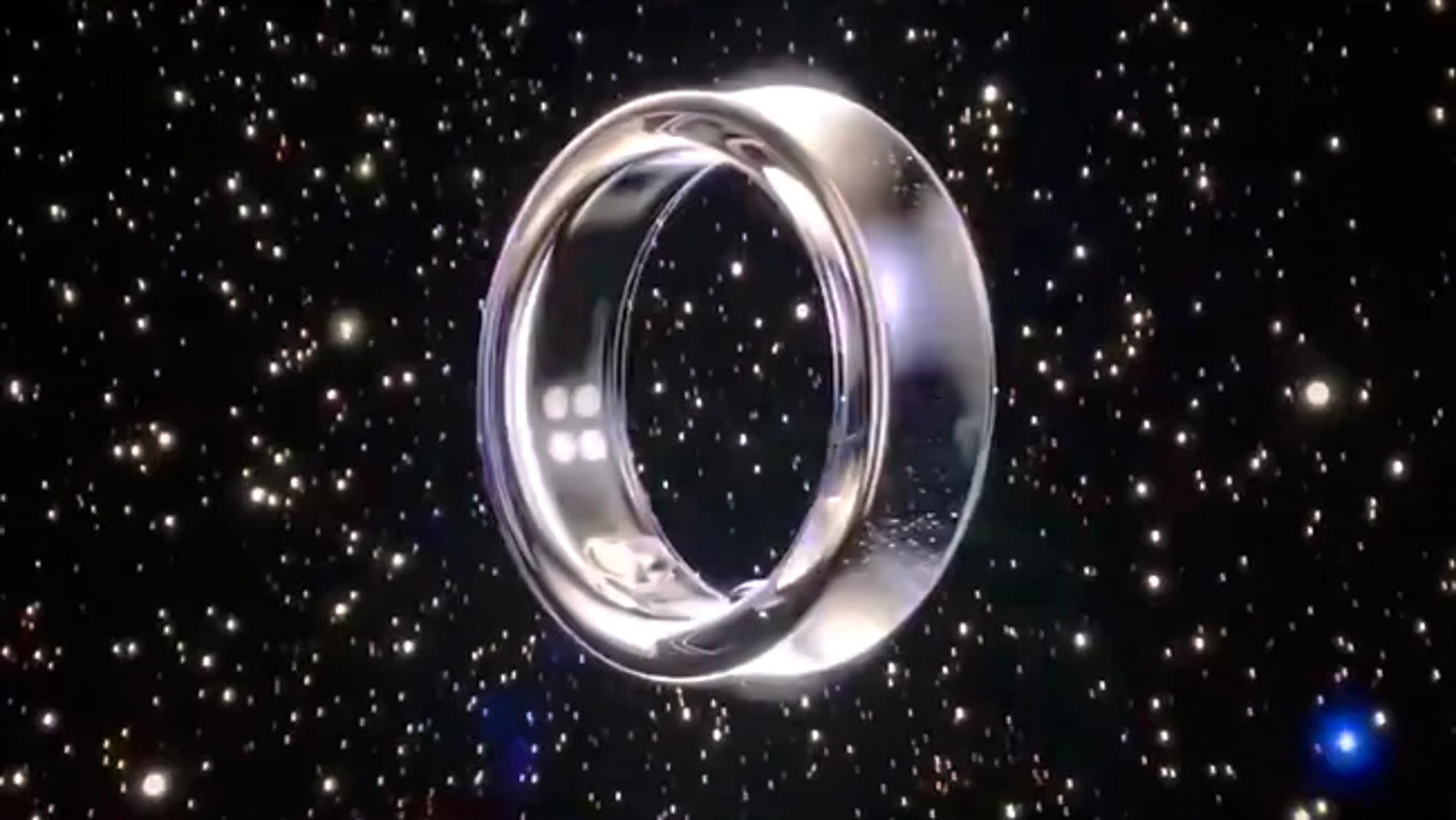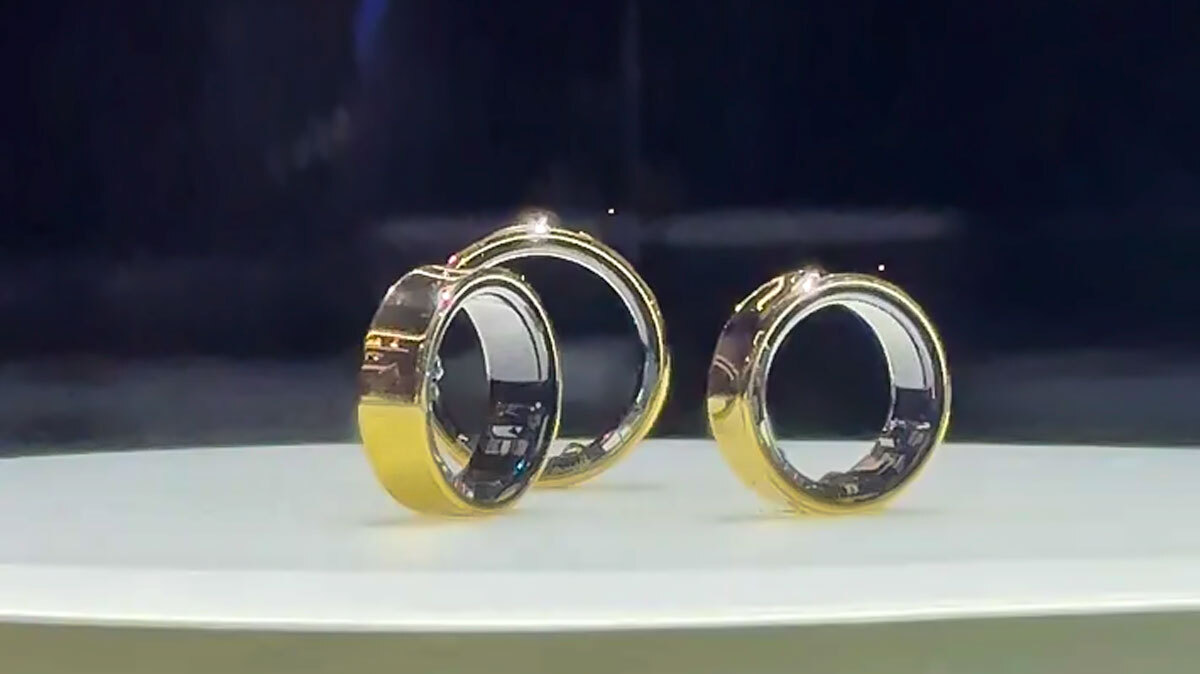5 ways the Samsung Galaxy Ring can beat the Oura Ring
Here's how Samsung can dethrone the smart ring favorite

Recent updates
Update: July 10
- You can now preorder the Samsung Galaxy Ring, and these are the Ring's three health features we're most excited for.
- We got hands-on time with the Galaxy Ring at Unpacked 2024 — here's our initial thoughts.
The Samsung Galaxy Ring is almost here, now that Samsung has set July 10 for this summer's Galaxy Unpacked event. And as excitement builds for the first smart ring to launch from a major tech company, it’s worth pondering what Samsung will need to get right to make its new product a worthy player in the space.
The Oura Ring, now in its third generation, is the smart ring to beat in 2024, thanks to comprehensive sleep, workout recovery and women’s health tracking; five days of battery life; wireless charging; and 100 meters of water resistance. The Oura Ring also comes in a wide range of styles and sizes and wears quite comfortably.
We’ve been monitoring all the Samsung Galaxy Ring rumors and leaks so far and we even have a detailed Oura Ring vs. Galaxy Ring breakdown based on those reports. Most signs point to Samsung putting up stiff competition, but to truly outshine Oura, the Galaxy Ring will need to nail these five things.
1. No subscription fees
The feature that draws the biggest complaints when it comes to the Oura Ring isn’t a feature at all, but rather its recurring monthly subscription cost of $5.99.
Sure, the ring comes with six months free, but over the life of the $299 device, you’re still adding on an additional $150 to $200 in fees. I asked Oura’s CEO Tome Hale about the possibility of eliminating this cost in the future. His response: don’t get your hopes up.
To beat Oura, Samsung should launch the Galaxy Ring as a one-and-done affair. Keeping the Galaxy Ring's cost in line with the Oura Ring Gen 3 — which again starts at $299 for the Heritage model and $349 for the sleeker Horizon model— without charging a subscription fee would make the Galaxy Ring a no-brainer for cost-conscious customers.
2. Better battery life
The Oura Ring Gen 3 promises up to a week of battery life, but in reality, that number is closer to about five days. While this is impressive and easily beats the battery life of many of the best fitness trackers available, I’d love to see the Galaxy Ring boast 10 or more days of juice.
This would mean that users only need to charge the device roughly three times a month instead of six or more times. The less you need to charge a device, the more likely you are to wear it. The more you wear it, the more useful the insights.
Wireless charging for the Galaxy Ring is also a must, as is a quick recharge time, ideally less than two hours to match the Oura Ring Gen 3.
3. NFC for contactless payment
You can’t pay for groceries or coffee with the Oura Ring Gen 3 but it sure sounds like that functionality may be available in the next-generation Oura Ring 4, which is all the more reason for Samsung to debut its first smart ring with an NFC chip and support for Samsung Pay built-in.
Sure, tapping your smartphone is a slick enough way to pay for a round of drinks. But, you know what’s cooler? Giving your ring a quick knock and walking away.

4. Gesture-based media control
While the Oura Ring Gen 3 is a fantastic holistic device and the best fitness tracker for sleep, it doesn’t offer much in the way of smart features. There are also no wrist-based Oura devices to connect with.
Samsung, on the other hand, has an entire ecosystem of Galaxy products and I strongly suspect that the Galaxy Ring will launch with the ability to control some of these devices via touch or gesture.
Imagine, for instance, gently tapping your thumb against the outside of the ring to accept/reject an incoming call or swiping your finger in the air to fast-forward a TV show. I also expect the Galaxy Ring to support locating other Samsung devices that are lost and vice versa.
5. Cross-platform compatibility
File this one under “don’t get your hopes up,” but it’s worth calling out regardless. While I highly doubt the Galaxy Ring and the Samsung Health app will play nice with Apple devices, ensuring maximum compatibility across platforms would give Samsung its best shot at beating Oura.
After all, the Oura app is available for both iOS and Android users. If the Samsung Health app remains exclusive to the Google Play Store, the Galaxy Ring’s potential customer base shrinks substantially.
How Samsung beats Oura
These aren’t the only features I want to see in the Samsung Galaxy Ring. Advanced sleep tracking and health monitoring are a must as is a durable and lightweight design. The Samsung Galaxy Ring will also need to provide insightful and reliable menstrual health insights on par with the Oura Ring Gen 3.
More from Tom's Guide
Sign up to get the BEST of Tom's Guide direct to your inbox.
Get instant access to breaking news, the hottest reviews, great deals and helpful tips.

Dan Bracaglia is the Tom’s Guide editorial lead for all things smartwatches, fitness trackers and outdoor gear. With 15 years of experience as a consumer technology journalist testing everything from Oura Rings to instant cameras, Dan is deeply passionate about helping readers save money and make informed purchasing decisions. In the past year alone, Dan has assessed major product releases from the likes of Apple, Garmin, Google, Samsung, Polar and many others.
An avid outdoor adventurer, Dan is based in the U.S. Pacific Northwest where he takes advantage of the beautiful surroundings every chance he gets. A lover of kayaking, hiking, swimming, biking, snowboarding and exploring, he also makes every effort to combine his day job with his passions. When not assessing the sleep tracking and heart rate accuracy of the latest tach gadgets, you can find him photographing Seattle’s vibrant underground music community.
